Can you resist the Sirens?
Introduction
Born in England to an English mother and an Australian father, John Duigan moved Down Under when he was eleven. His personal British/Australian mix was brought to the big screen in Sirens,
a story written and directed by him, which is loosely based around Norman Lindsay, an Australian painter, illustrator, novelist and sculptor. He divided opinion and caused controversy with much of his work, including "The Crucified Venus", which is at the heart of the story.
Young, fresh-faced English priest Anthony Campion (Hugh Grant), is asked by by the bishop of Sydney to visit Lindsay and ask him to remove the controversial painting from an exhibition. Campion and his wife Estella (Tara Fitzgerald), travel to the Blue Mountains to meet with Lindsay (Sam Neill) at his home (played by the real Norman Lindsay's home in Faulconbridge which is now a museum and art gallery).
What follows is not so much the story of that (it's pretty obvious which way the argument will go) as the story of repressed English people being awakened by their far more liberated Australian cousins...
This appears to be a re-release of the original DVD that was released quite a while ago.
Video and Audio
A 1.85:1 anamorphic transfer awaits us, and it's a very average one for a 15 year old film. This is a shame, as there's some great cinematography on offer here, with the Blue Mountains providing an awesome backdrop for any film (I know, I've been there!)
Sadly everything just looks a bit grubby and grainy and not what you've come to expect from a DVD transfer these days. Expecting a remaster of a forgotten about and lower budget release such as this is probably too much, it's just that it could have looked so much better.
A DD2.0 stereo soundtrack, which is again nothing to write home about. You can hear everything that happens (not a lot in terms of aural action), and there's some reassuringly familiar (if you've ever been to the Blue Mountains) wildlife noise.
The jaunty theme tune that runs throughout most of the film sounds very "BBC period drama" but adds to the overall feel of the film.
Extra Features
Just the cheesey voice-over-man trailer. I doubt that any real extras probably exist, but would have been nice to see some kind of retrospective piece on the film.
Conclusion
I went to see this film at the cinema with three very unelightened cinemagoers, who didn't "get" this film and just thought it was "a bit pervy". They were only 18-20 at the time, but even at 20 I "got" it. Fifteen years on, I "get" it even more. It's all about Estella and her visit to "Eden", in the shape of Norman Lindsay's house and gardens. There's a snake slithering around. Lots of the characters are seen eating apples. It's about temptation. It's about something stirring inside. It's not always subtle, but it is interesting.
For those that don't know, in Greek mythology, the Sirens were women who lived on an island surrounded by cliffs and rocks. Sailors who sailed near were compelled by the Sirens' enchanting song and wrecked their ships on the island. This idea appears a lot in popular culture, another famous example being the Red Dwarf episode Psirens, in which the crew are tempted by shape shifting aliens who only want to suck out their brains.
In this case the Sirens are the "liberated" Australian girls who Lindsay depicts in his art. The supremely prim and proper Estella is appalled by them at first, but you just know that something is happening at the back of her mind. Similarly, she is offended by the local "bits of rough" who the girls are fooling around with. But at the same time, she is secretly wondering how different they might be to the passionless lovemaking of her upright English priest husband who calls her "piglet" and tells her to "wake me up if you do" (want to make love). She is affected more and more, and begins to have strange dreams awakened by desire. This is all set against a backdrop of between the wars Australia (the year is unclear), when there were still men only bars and "ladies lounges". There are some "drunken, lecherous Aussie larrikin" stereotypes around but there is a general feel of liberation in the air.
This film features Hugh Grant at his most "Alistair McGowan impression"-like, and it was before Four Weddings shot him to stardom. He appears ideally suited to playing a repressed priest, embarrassed by all the naked women around the place, stammering, apologising and just being the most stereotypically Hugh Grant that you can imagine. His job here is to be stiff, uptight and repressed, and he pulls it off with ease.
Tara Fitzgerald, in one of her earliest big screen roles, is the real star here, making a slow transition throughout the story from uptight and repressed to slightly more relaxed about "all that stuff". It's rumoured that she deliberately withheld from attending cast and crew parties and the like in order to stay in character. If it's true then it certainly worked, since she is achingly prim and proper to begin with, and is fighting herself and her own liberation all the way through.
The other main role (in "name" terms) is Elle McPherson playing a sheila called Sheila. Much has been made of her "acting career", although this is only one of a handful of big screen roles. Here she doesn't really act so much as sit around eating apples, suck her finger a lot, point Grant's character in the direction of the "thunderbox" and wander around with very little on. Whilst it will never win an Oscar, the performance is right for her role in the story.
All in all, a very interesting little film. It's a bit of a shame that there's not more to the DVD (cleaned up sound/video and extras), but if you remember this film then you might want to watch it again, particularly if you haven't seen it for 15 years. An under-rated gem.
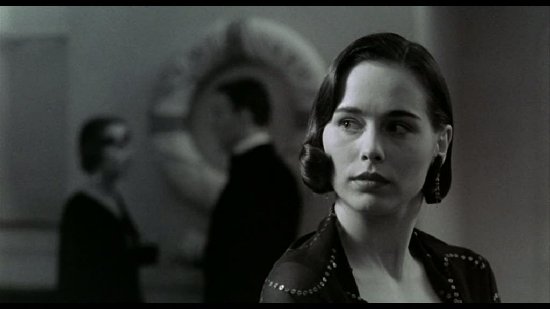

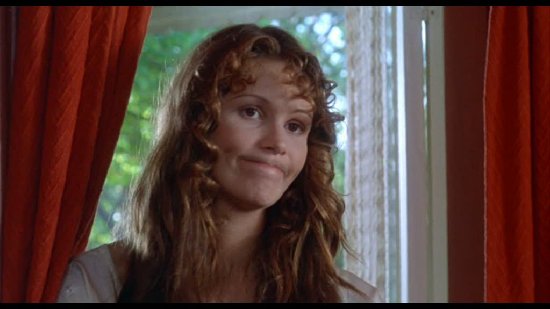
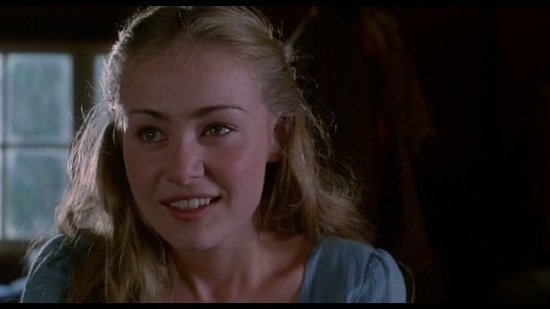
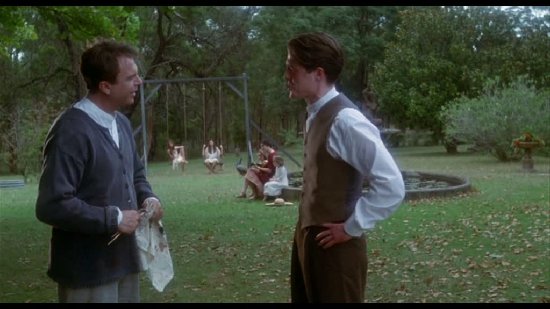
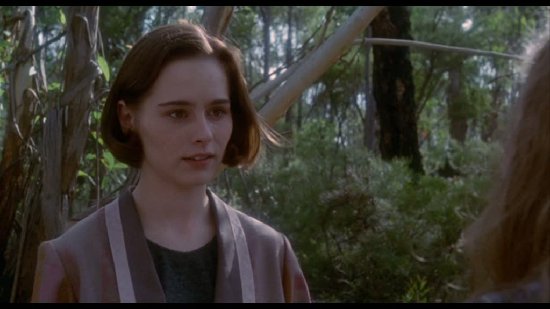
Your Opinions and Comments
Be the first to post a comment!